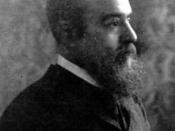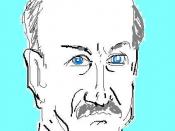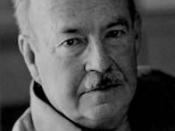INTRODUCTION
This paper is a historical and intellectual sketch of the sociologist Talcott Parsons. It will include a short biography of the man as well as discuss his intellectual origins, in other words where Parsons got his influences. A main section of the paper will be devoted to discussing his ideas, theories, and key concepts, with a special emphasis on how his ideas influenced other contemporary scholars.
BIOGRAPHICAL SKETCH
Talcott Parsons was born December 13, 1902 in Colorado. He was born into a religious Protestant family. His father, Edward Smith Parsons SR (1863-1943) was a clergyman in Colorado Springs, CO.; taught English as a professor and eventually became the President of Marietta College in Ohio. His father believed socialism and Christianity should be one to meet the dynamics of changing culture, which included both doctrine and education. Parsons attended the Horace Mann High School in New York, at which he graduated in 1920.
After graduation, he attended Amherst College in Massachusetts, in order to become a physician, and then an economic scientist. Parsons received his B.A in 1924. During this period, he read books by Sumner, Cooley, and Durkheim. He went on to study political economics at the University of Heidelberg in Germany. Alfred Weber, Max Weber's brother, was his primary teacher and greatly influenced Parsons in later life (Lackey 1987). He obtained his Doctorate of Philosophy in 1927. His dissertation was titled The concept of capitalism in recent German literature. The paper allowed him to work though the long-standing German debate about capitalism's nature as a socio-economic system that had so obsessed Weber before him (Hamilton 1983). Due to Parson's relative ease at completing his dissertation, the head of Amherst's Department of Economics arranged a job for him at Harvard University (Perdue 1986). When he went to Harvard,



More info...
This paper received a 97% in the senior-level class "Sociological Theory." Our task was to write about a non-canonized sociologist, discussing his or her historical & theoretical influences, as well as discuss the impacts of his or work on future sociologists.
-- Noah Kronemeyer
nkronemeyer@student.gsu.edu
5 out of 5 people found this comment useful.